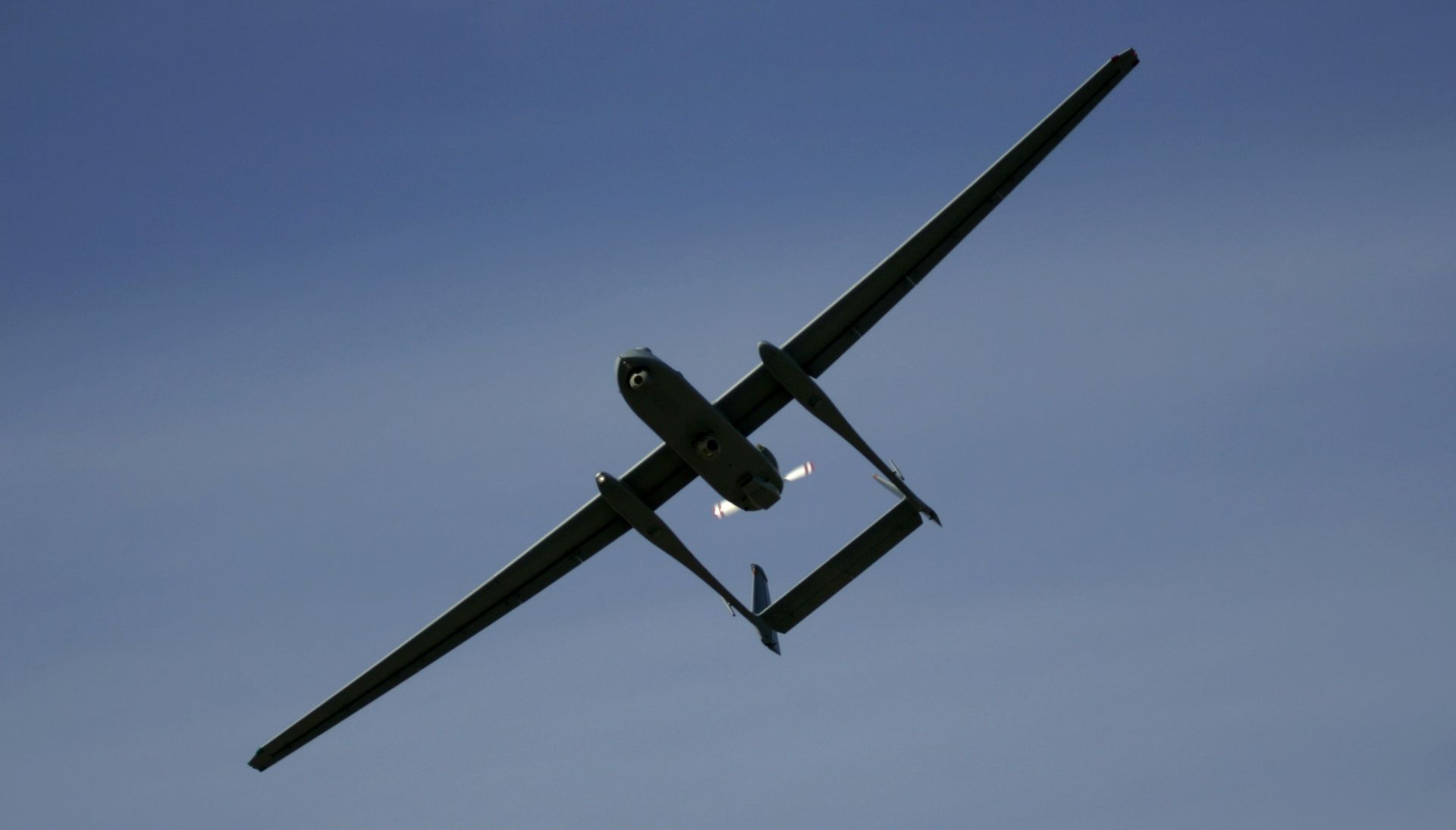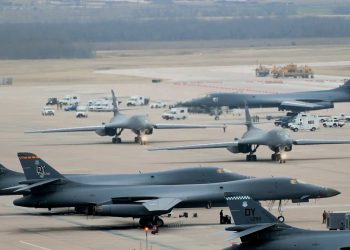Boeing Company, ST. LOUIS: Boeing on Tuesday will begin ScanEagle training at its new unmanned aerial vehicle (UAV) training site in Clovis, N.M. The site was selected to help meet the increasing demand from U.S. military forces for the Boeing/Insitu ScanEagle system and the training to maintain and operate it.
Boeing instructors will train 12 students, both operators and maintainers, in a two-month course with new classes beginning every 30 days. ScanEagle flight operations will be conducted at the nearby Melrose Range; classroom training will take place at Clovis Community College.
“The city of Clovis, Clovis Community College and the U.S. Air Force have been great partners in this endeavor,” said Keith Hertzenberg, vice president, Boeing Training Systems and Services. “The site has everything we need to accomplish efficient ScanEagle training, and in turn, we expect our presence will result in a positive economic impact to the community.”
“We are excited about our partnership with Boeing,” said Dr. John Neibling, Clovis Community College president. “The college has been working closely with Boeing and its training organization to ensure our facilities meet classroom requirements associated with UAV training.”
Boeing's Training Systems and Services (TSS) organization is responsible for ScanEagle training operations in Clovis. The TSS business encompasses fully integrated training systems as well as comprehensive services that include instructors, courseware developers, logistics support and mission planning systems.
Boeing employees will make up the initial group of trainees in Clovis. As military customers purchase the ScanEagle system, servicemen and women will join the training program as well. Previously, all ScanEagle training had been conducted at Insitu's facility in Bingen, Wash., and at the Boeing Boardman test range in Oregon. Those sites will continue to be used for ScanEagle training.
Currently, Boeing and Insitu employees are supporting U.S. Marine Corps and U.S. Navy operations in the field, conducting daily maintenance, mission planning and takeoffs and landings from ship or shore. ScanEagle has been deployed with the Marine Corps since August 2004 and the Navy since July 2005 and has completed more than 15,000 combat flight hours. ScanEagle's real-time imagery allows tactical commanders to develop a clearer picture of the battlefield and has resulted in improved situational awareness and saved lives.
As standard payload, ScanEagle carries either an electro-optical or an infrared camera. Both are inertially stabilized. The gimbaled camera allows the operator to easily track stationary and moving targets. Capable of flying above 16,000 feet, the UAV normally provides persistent low-altitude reconnaissance.
For a vehicle of its size, ScanEagle's endurance and payload combination is unmatched. The ScanEagle system can provide more than 15 consecutive hours of “on-station” coverage. It also has demonstrated the ability to operate in harsh weather environments, including high winds and heavy rains — conditions that can keep other UAVs on the ground.
ScanEagle is launched autonomously via a pneumatic wedge catapult launcher and flies pre-programmed or operator-initiated missions guided by GPS and its onboard flight control system. It is retrieved using a “Skyhook” system in which the UAV catches a rope hanging from a 50-foot high pole. The patented system allows ScanEagle to be runway-independent and operate from forward fields, mobile vehicles or ships.
The Insitu Group, located in Bingen, Wash., develops miniature robotic aircraft for commercial and military applications. Insitu, which introduced the first UAV to cross the Atlantic Ocean, developed its SeaScan UAV to serve the commercial fishing industry for fish spotting, and is developing vehicles for other commercial applications.
A unit of The Boeing Company, Boeing Integrated Defense Systems is one of the world's largest space and defense businesses. Headquartered in St. Louis, Boeing Integrated Defense Systems is a $30.8 billion business. It provides network-centric system solutions to its global military, government, and commercial customers. It is a leading provider of intelligence, surveillance and reconnaissance systems; the world's largest military aircraft manufacturer; the world's largest satellite manufacturer; a foremost developer of advanced concepts and technologies; a leading provider of space-based communications; the primary systems integrator for U.S. missile defense and Department of Homeland Security; NASA's largest contractor; and a global leader in sustainment solutions and launch services.
Beijing slams US over potential Chinese drone ban
China said on Friday it would take "all necessary measures" in response to the United States announcing it was considering...








